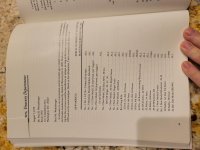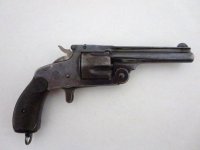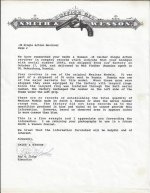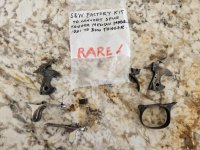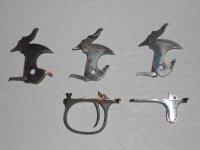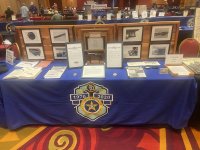At the last symposium in Glendale, Arizona, I displayed my .38 SA Mexican and had this handout, where Robert Neal in a 1990 S&WCA Journal article speaks of the rarity of this model.
Dave
Smith & Wesson
.38 Single Action Mexican Model
Model No. 2 Mexican Model
Model 1880
This example with serial number 18691 was shipped from the Smith & Wesson factory on October 19, 1899 and delivered to Max Fiedler, Russian Agent, in St. Petersburg, Russia. In the Factory Letter, Roy Jinks states, "Your revolver is one of the original Mexican Models."
This is a blued example with the serial number 18691 on the butt with only the 18 showing because the factory lanyard ring is installed through the serial number, hence the factory re-stamped the serial number on the left side of the frame under the left grip. 18691 is also stamped on the cylinder, the barrel, barrel latch and scratched on the inside of the right grip panel. It has a 4" barrel, round blade front sight inserted and pinned in the barrel rib. The rear sight is a U notch cut in the raised barrel catch stop. The hammer is equipped with a rebounding safety and full cock notch only, the half cock being omitted. The thumb piece is straight-sided rather than flanged. The spur trigger is the narrow .197 inch variation compared to the wide .255 variation. In the S&WCA Fall 2010 Journal, an article by Robert J. Neal titled "My Mexican Model" he states that the narrow trigger is rare.
This is a rare model manufactured by Smith & Wesson. In Smith & Wesson 1857-1945 by Robert J. Neal and Roy G. Jinks it states, "Total production of this model is unknown but is estimated to be very small, with perhaps 2,000 or few being made.
In the S&WCA Journal Volume 24, Number 2 - Summer 1990, Robert J. Neal states in his "The Mexican, A S&W Mystery Model", "These guns were serial with the Model 1891, as were the First model Single Shots. This range was 1-28107. An estimated 1500 of these serials were assigned to the Single Shots. The author would guess, and I emphasize that it is only that, perhaps 1000 Mexican Models were made. Of that number, I feel sure no more than 50 are in collections in this country."
"As a matter of fact, the model is so rare that most collectors have never seen one except in photographs."
He concludes his article with, "So, in summary, we have described a very rare five shot revolver which was made in two variations, with four lengths of barrel, and two standard finishes. Target grips and sights were also available. There are a few very specialized collectors who will pick a particular model and try to acquire one example of each combination of variation available. Do not try it with this revolver, as all the combinations would make up more guns than are known to to be available in this country."

